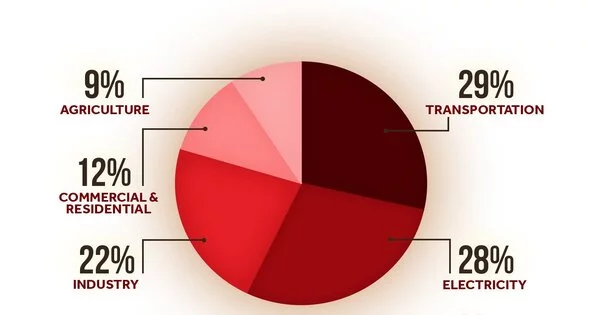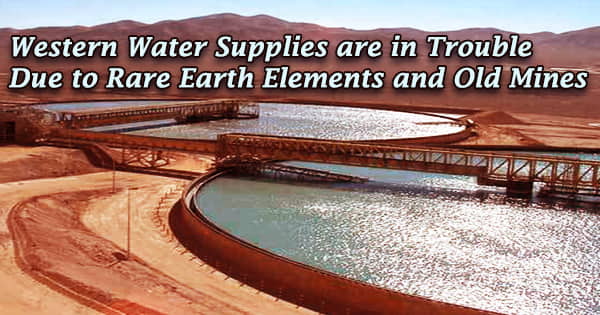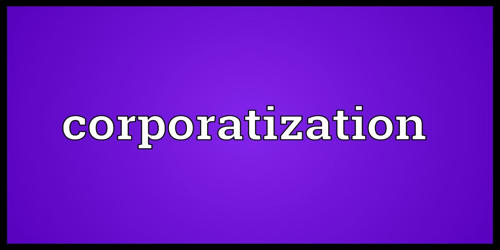The major source of greenhouse gas emissions is human activity, specifically the burning of fossil fuels such as coal, oil, and natural gas. These activities release large amounts of carbon dioxide and other pollutants into the atmosphere, which trap heat and contribute to climate change. Other sources of greenhouse gas emissions include deforestation, agriculture, and waste management.
The major source of greenhouse gas emissions is the burning of fossil fuels such as coal, oil, and natural gas for energy production, transportation, and industrial processes. These activities release large amounts of carbon dioxide (CO2), methane (CH4), and other gases into the atmosphere, which trap heat and contribute to the warming of the planet. Other sources of greenhouse gas emissions include deforestation, agriculture, and waste management.
Greenhouse gases trap heat and warm the Earth. Almost all of the increase in greenhouse gases in the atmosphere over the last 150 years has been attributed to human activity. Human-caused greenhouse gas emissions amplify the greenhouse effect, contributing to climate change. The majority is carbon dioxide produced by the combustion of fossil fuels such as coal, oil, and natural gas. Coal in China and large oil and gas companies are among the largest emitters. Human-caused emissions have increased atmospheric carbon dioxide levels by approximately 50% compared to pre-industrial levels.
Emissions can be measured over long periods of time, which is known as historical or cumulative emissions measurements. Cumulative emissions provide some indicators of what is causing the buildup of greenhouse gas concentrations in the atmosphere. The difference between a country’s exports and imports is used to calculate emissions in the national accounts balance.
Many richer countries have a negative balance because they import more goods than they export. This is primarily due to the fact that it is less expensive to produce goods outside of developed countries, causing developed countries to become increasingly reliant on services rather than goods. A positive account balance indicates that more production is taking place within a country, and more operational factories would increase carbon emissions.
















